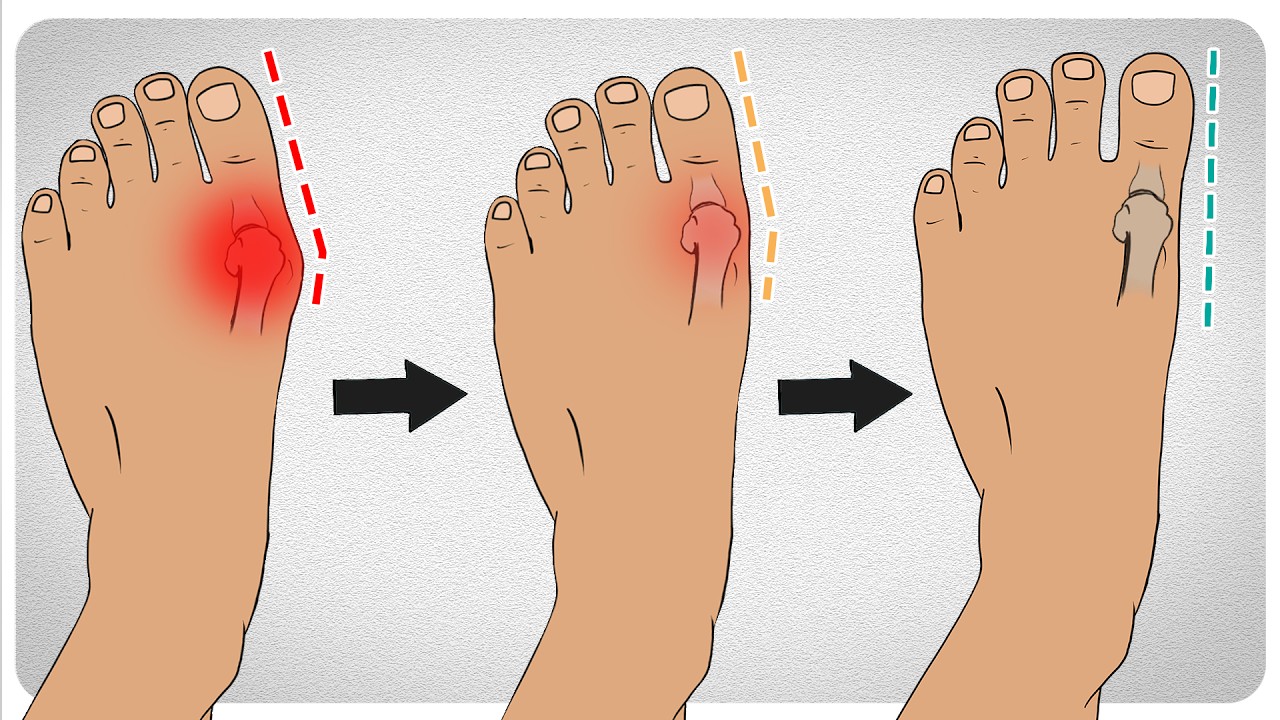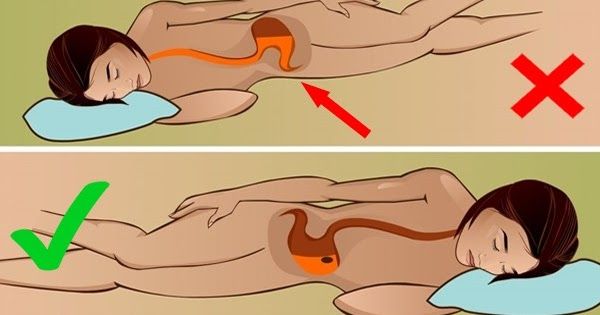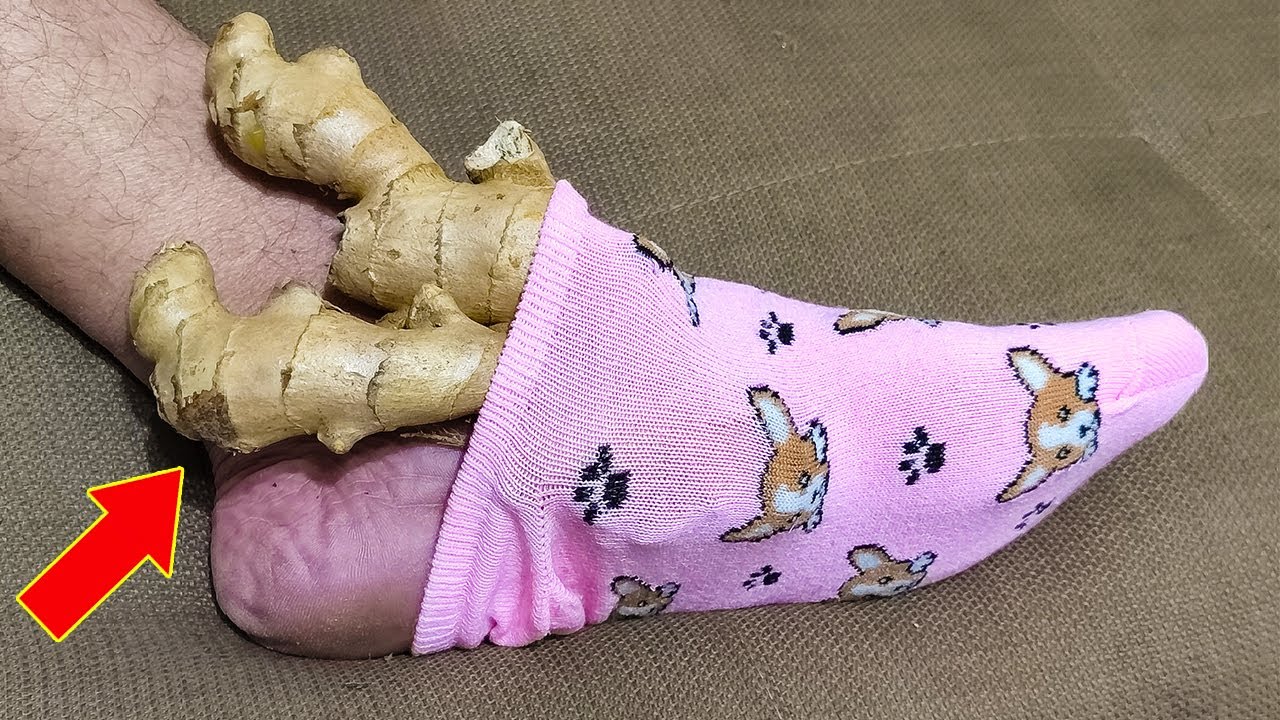
Bunions, the bony bumps that form at the base of the big toe, can be painful and unsightly. While surgery is a definitive solution for severe cases, many people can manage their symptoms and slow the progression of bunions through simpler, non-invasive methods. Here’s a straightforward, five-step guide to help you handle bunions effectively.
1. Wear the Right Shoes
Action Steps:
-
Choose footwear with a wide toe box that doesn’t squeeze your toes. Avoid high heels and shoes with pointed toes.
-
Ensure your shoes provide good support and fit properly.
Benefits:
-
Wearing the right shoes can alleviate pressure on the bunion and provide relief from pain. It also helps in preventing further deformity.
2. Use Bunion Pads or Orthotics
Action Steps:
-
Consider using bunion pads, which can be placed over the bunion to cushion the area and reduce pain when wearing shoes.
-
Orthotic devices can be inserted into your shoes to help realign the feet and relieve pressure on the bunion.
Benefits:
-
Both bunion pads and orthotics protect the bunion from rubbing against your shoe and correct structural abnormalities.
3. Practice Toe Exercises
Action Steps:
-
Perform exercises that can maintain joint mobility and prevent stiffness. For example, try picking up marbles with your toes or use your toes to gather and crumple a towel placed on the floor.
-
Stretch your big toe gently, aiming to realign it. You can also manually pull your big toe into correct alignment for a few minutes each day.
Benefits:
-
These exercises strengthen the muscles around your big toe and improve foot mechanics.
4. Apply Ice and Take Pain Relief
Action Steps:
-
Apply ice packs to the bunion for about 20 minutes after coming home from being on your feet. Wrap the ice pack in a cloth to protect your skin.
-
Consider over-the-counter pain relievers like ibuprofen or acetaminophen for pain management.
Benefits:
-
Ice reduces inflammation and numb pain, while pain relievers can help manage acute flare-ups.
5. Consult with a Podiatrist
Action Steps:
-
If your bunion pain persists or interferes with daily activities, schedule a visit with a podiatrist.
-
Discuss further treatment options, which may include physical therapy or surgery.
Benefits:
-
A specialist can provide a comprehensive treatment plan and suggest modern therapies that might be suitable for your condition.
Conclusion
Managing bunions is primarily about relief from discomfort and preventing progression rather than a complete cure without surgery. By following these five steps, you can alleviate bunion pain and maintain foot health, which is crucial for mobility and overall quality of life. Regularly monitoring your bunions and adjusting your care approach as needed can help you continue to walk comfortably.





